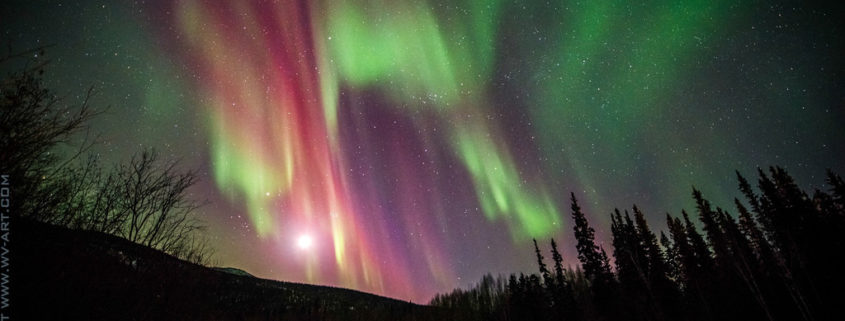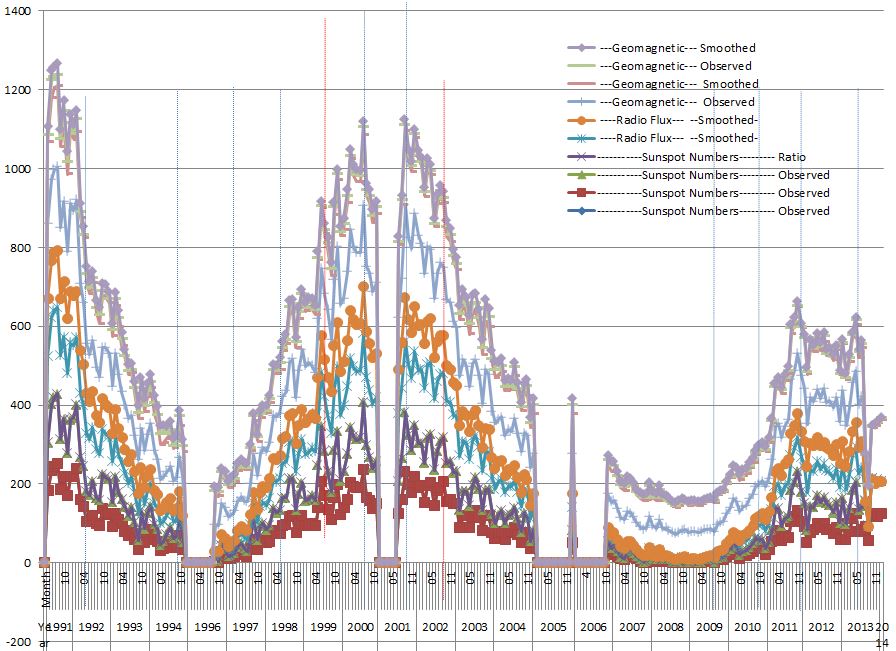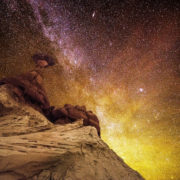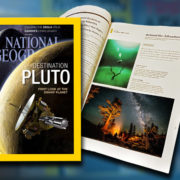Northern Lights
Last night the earth’s atmosphere was lit up by an impacting solar storm, burped up from the sun 3 days ago. It’s supposedly the largest one so far in the current solar cycle (which is 11 years long). The last few years I’ve gone to Alaska to observe the Aurora Borealis, but last night many people in the Northern States of the U.S. probably had one of the most epic views of it from their home. I watched the forecast from the Space Weather Prediction Center, but sadly WV wasn’t “north” enough to see anything 😉
But, this storm came just a day short of two years ago when a similar solar storm lit up the night sky, creating the most epic waves and ripples of pretty lights I’ve ever seen! …here are a few of my photos of the Northern Lights I was able to capture, along with a few tips on shooting the aurora..
Tips for photographing the Northern Lights in Alaska
The best month to see the Aurora is in March…September is good too…
- The best months to observe the Northern Lights are September and March. The best choice for photographers is March, as it tends toward having the highest probability or clearer nights. I can’t speak from experience about September in Alaska, but I do know it’s warmer, which may be more pleasant for photography, but Alaska has lots of bugs, and they’re still out strong in September from what I gathered. And, because it’s warmer I would expect there to be more people/tourists if heading to publicly accessible areas. But, the main reason for me to not choose September was because of the warmer temps, as the relative humidity can decrease visibility, and cloud cover has thwarted many a September aurora viewer.
I did some research on the Northern Lights prior to the trip, and I extrapolated that 2013/2014 would likely be the solar maximum period for our sun, (solar maxes occur every 11 years). I used data from the Geophysical Institute to make an excel plot of our son’s activity to aid in my planning/predicting the best times to see the Aurora. I really wish I was into photography back in 1991 (when I was eight), or even back in 2001. I was in high school staying over at a friends house, and I remember seeing red waves of light arching over his back back from his house in Cheat Lake, West Virginia (during a large solar storm in November, 2001).
- While the night sky visibility is at its best during a new moon, a little bit of moonlight can add a lot of depth to a photo.
- Be prepared for extreme weather conditions. March in Alaska: temps when I left WV were around the mid 20’s °F , and the temps when I landed in Anchorage, AK were in the upper 20’s °F…not so bad, not too different, right? Well, in Fairbanks one night I was photographing on a mountain top and it was -14°F, not including the windchill from 20-30 mph winds…I had frostbite around my nostrils where the two layers of balaclavas didn’t cover.

- Get away from the city lights if possible.
- Try to stay in cabins… The image above and below were taken at the Fielding Lake Cabin, a brisk 2 mile trek from the road
 One night I thought I’d try my hand at camping in Alaska. I gave my sister my two warmest sleeping bags to use that night, and I used a lightweight 20°F bag, thinking that layering up would keep me warm. While she slept soundly, I remember being so miserably cold that I swore I was booking a Marriott for the remainder of the trip (which I didn’t, but I was that cold).
One night I thought I’d try my hand at camping in Alaska. I gave my sister my two warmest sleeping bags to use that night, and I used a lightweight 20°F bag, thinking that layering up would keep me warm. While she slept soundly, I remember being so miserably cold that I swore I was booking a Marriott for the remainder of the trip (which I didn’t, but I was that cold).
It was -10°F that night, after suffering for a few hours I decided that I would try sleeping in the car. When I crawled out of my tent around 4am, car bound, I saw the strangest clouds overhead…and then I said “..oh shit..” …I was so tired and cold that I didn’t want to take pictures, so it wasn’t an expression of elation… but after I saw the result of my first photo, then a second “oh shit” was voiced, with much more elation!
- Hiking shoes aren’t meant for getting around in deep snow. Back-country skis and snow shoes and can be rented in various places in AK. I was able to rent a set of skis from the University of Alaska, Fairbanks Adventure Center.
Per camera and setup, I’m going to reiterate some things I’ve mentioned in another post (Moonlit Nights).
- Use a Tripod
- When shooting, use at least a 2 second delay (I often use 5 seconds), to remove any camera shake. Or, use a remote trigger
- Make sure noise reduction for high ISO and long shutter speeds are enabled.
- Use manual focus (when capturing stars, focus at infinity, or just a hair back off from it).
- After setting the focus, check the first shot by zooming in on the playback image (recheck the focus often as moving about can budge things).
- On cropped sensor cameras be careful of high ISO ranges as they produce a lot of noise. I take great photos at an ISO of 3200 on my D800 (full frame sensor), but anything above ISO 800 on my D300s (cropped sensor) is almost worthless.
- Modulate the shutter speed and aperture based on your composition and light demands.
- Try to keep the ISO as low as possible, but don’t be afraid to play with the higher values. Just remember with higher ISO levels comes more noise and a lower dynamic range.
The list goes on, but these few tip are enough to get the wheels turning…
I’ll gladly answer other questions though, just leave a comment at the end of the post!
Here’s a link to more of my photos of the Northern Lights and my Alaska adventures.
“To the lover of pure wildness Alaska is one of the most wonderful countries in the world.” ~John Muir









![Jenkinsburg%20Bridge%20Star%20Trails-L[1] Star Trails, Cheat River](https://www.1gabe.com/wp-content/uploads/2015/06/Jenkinsburg-Bridge-Star-Trails-L1-180x180.jpg)

![Coopers%20Rock_Winter_cross%20country%20skiing_Moonlight_West%20Virginia_photo%20by%20Gabe%20DeWitt_March%2005,%202015-13-XL[1]](https://www.1gabe.com/wp-content/uploads/2015/03/Coopers-Rock_Winter_cross-country-skiing_Moonlight_West-Virginia_photo-by-Gabe-DeWitt_March-05-2015-13-XL1-180x180.jpg)

![Fox_Glacier_Chancellor_Hut_New_Zealand_20150523_976-X2[1] New Zealand, Night Photography](https://www.1gabe.com/wp-content/uploads/2015/11/Fox_Glacier_Chancellor_Hut_New_Zealand_20150523_976-X21-180x180.jpg)
![Moonlight-Autumn-Coopers-Rock-WV-21-L[1] Moonlight on Coopers Rock, WV](https://www.1gabe.com/wp-content/uploads/2015/10/Moonlight-Autumn-Coopers-Rock-WV-21-L1-180x180.jpg)


Leave a Reply
Want to join the discussion?Feel free to contribute!